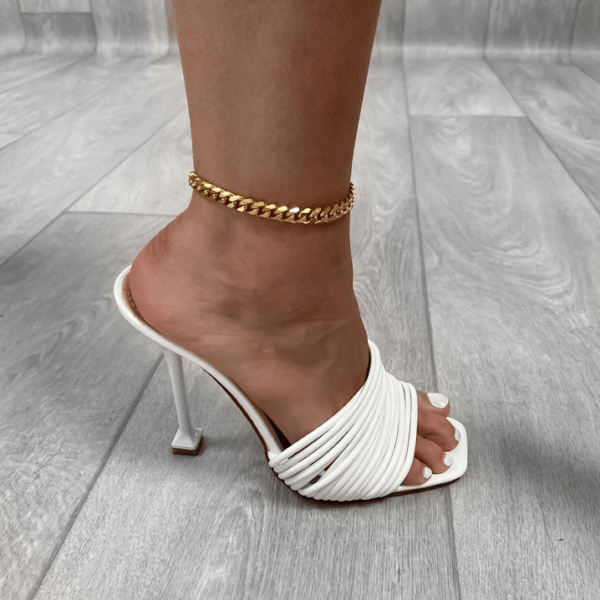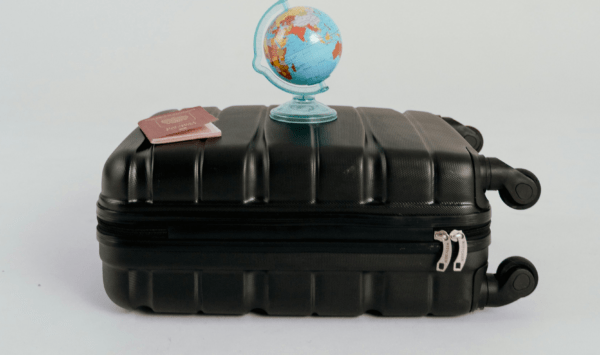
How to Know When to Pull a Child’s Tooth
Losing baby teeth is a natural part of childhood, but sometimes, parents wonder when it’s time to pull a loose tooth and when to let nature take its course. While most baby teeth fall out on their own, there are times when intervention is necessary. Knowing the right approach ensures a pain-free experience for your child and helps maintain their oral health. As a parent, you want to ensure that your child’s tooth loss process is as smooth and comfortable as possible. But how do you know when to pull a tooth and when to leave it alone? Many factors come into play, including the natural shedding timeline, the condition of the tooth, and whether the new adult tooth is coming in properly.
One way to monitor your child’s oral health closely is by using ProDENT Intraoral Camera. This advanced tool allows you to get a clear view of your child’s teeth and gums, helping you determine whether a baby tooth is truly ready to come out or if there are any underlying dental concerns. Having a reliable visual guide can ease uncertainty and prevent premature pulling.
In this article, we’ll discuss how to determine when a child’s tooth is ready to be pulled, signs that indicate you should wait, and what to do if a baby tooth doesn’t fall out as expected. Understanding these factors will help you avoid unnecessary pain or complications, ensuring your child’s transition to permanent teeth is healthy and stress-free.
Understanding the Natural Process of Baby Teeth Loss
Children typically begin losing their baby teeth (also known as primary teeth) around the age of six. This process continues until they are about 12 years old. Here’s a general timeline of when teeth usually fall out:
- 6-7 years: Lower and upper central incisors
- 7-8 years: Lateral incisors
- 9-11 years: First molars
- 10-12 years: Canines and second molars
The adult teeth push against the roots of the baby teeth, causing them to loosen and eventually fall out. However, sometimes a tooth may take longer to fall out, making parents wonder if they should intervene.
Signs That a Tooth is Ready to Be Pulled
If your child has a loose tooth, look for these signs to determine whether it’s ready to be removed:
1. The Tooth is Extremely Loose
If the tooth moves freely in multiple directions and is barely attached to the gum, it’s usually safe to pull. Your child may even be able to wiggle it out with their tongue or fingers.
2. The Tooth is Hanging by a Small Thread of Tissue
When a baby tooth is connected by just a tiny bit of gum tissue, it often comes out with very little effort. This is a good sign that it’s time for removal.
3. There is No Pain or Resistance
If your child can move the tooth without any pain, it’s likely ready to be removed. A little discomfort is normal, but if they experience sharp pain when pulling on the tooth, it might need more time.
4. The Adult Tooth is Visible Behind the Baby Tooth
If you see the adult tooth growing in and the baby tooth is still hanging on, it’s likely time to encourage the baby tooth to come out. This prevents misalignment or crowding issues.
When to Wait and Let Nature Take Its Course
Not all loose teeth need to be pulled. In many cases, allowing the natural process to take place is the best option. Here are some situations where you should wait:
- The tooth is only slightly loose and not causing discomfort.
- Your child experiences pain when trying to wiggle the tooth.
- There are no signs of the permanent tooth coming in.
- The gum around the tooth appears swollen or infected.
Encourage your child to wiggle the tooth gently with their tongue or fingers over time. Avoid forcing it out, as this can cause unnecessary pain and bleeding.
How to Safely Pull a Loose Tooth at Home
If you’ve determined that the tooth is ready to come out, follow these steps for a safe and painless removal:
Step 1: Have Your Child Wiggle the Tooth
Encourage your child to move the tooth back and forth using their tongue or clean fingers. This can loosen it enough for it to fall out naturally.
Step 2: Wash Hands and Prepare a Clean Tissue
Before attempting to pull the tooth, wash your hands thoroughly to prevent infection. Use a clean tissue or piece of gauze for better grip.
Step 3: Gently Twist and Pull
Using the tissue, grip the tooth and gently twist it while pulling. Avoid excessive force—if it doesn’t come out easily, wait a few more days.
Step 4: Stop Any Bleeding
If there’s slight bleeding, have your child bite down on a piece of gauze or a clean tissue. The bleeding should stop within a few minutes.
Step 5: Clean the Area
After the tooth is out, have your child rinse their mouth with warm saltwater to help with healing and prevent infection.
What to Do If the Baby Tooth Won’t Fall Out
Sometimes, a baby tooth doesn’t fall out when it should, which can cause problems such as overcrowding or misalignment. Here’s what you should do if the tooth remains stubbornly in place:
- Encourage gentle wiggling each day.
- Have your child eat crunchy foods like apples or carrots to naturally loosen the tooth.
- Check if the adult tooth is growing in behind the baby tooth (shark teeth). If so, consult a dentist.
- If the baby tooth remains in place for several weeks despite being loose, visit a dentist for advice.
When to See a Dentist
While most loose teeth fall out without issues, there are times when professional help is needed. See a dentist if:
- The tooth is loose due to an injury rather than natural shedding.
- Your child is experiencing severe pain or swelling.
- The tooth is decayed or broken.
- The adult tooth is growing in, but the baby tooth hasn’t fallen out.
Tips for Helping Kids Through the Tooth-Loss Process
Losing teeth can be both exciting and scary for children. Here are some ways to make it a positive experience:
- Reassure them: Let them know that losing baby teeth is a natural and normal part of growing up.
- Make it fun: The Tooth Fairy tradition can add excitement to the process.
- Encourage good oral hygiene: Remind them to brush and floss to keep their gums healthy.
- Celebrate the milestone: A small reward or praise can make them feel proud.
Final Thoughts
Losing baby teeth is a significant milestone in every child’s development, marking their transition to a full set of permanent teeth. As a parent, it’s important to recognize when to step in and when to allow nature to take its course. A little patience and guidance can go a long way in ensuring a smooth and pain-free experience. If a tooth is extremely loose and painless, it’s generally safe to pull it. However, if there’s any pain, resistance, or signs of infection, it’s best to wait or consult a dentist. Forcing a tooth out too soon can cause unnecessary discomfort, excessive bleeding, or complications.
By following the tips outlined in this article, you can help your child navigate the tooth-loss process with confidence. Remember, every child’s experience is unique, so trust the natural timing of their body while providing the right support. Whether it’s through gentle encouragement, making the process fun, or seeking professional help when needed, you can ensure that losing teeth is a positive experience rather than a stressful one.












































